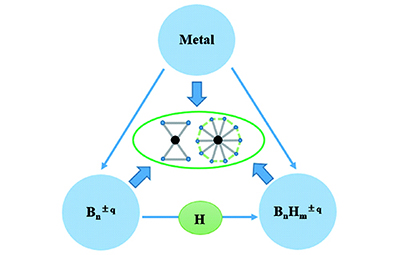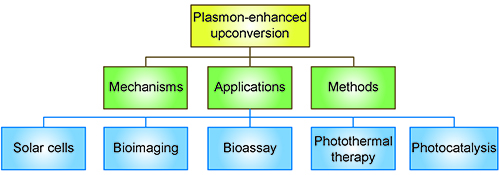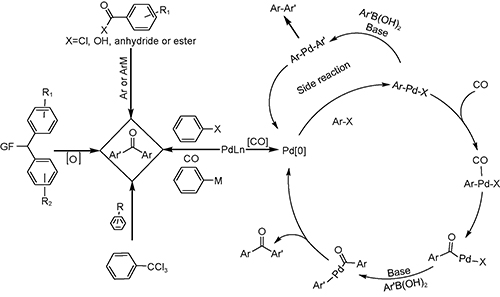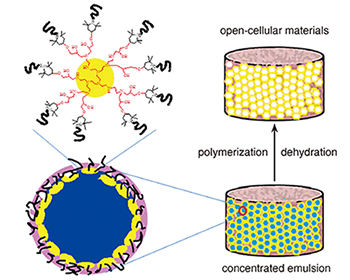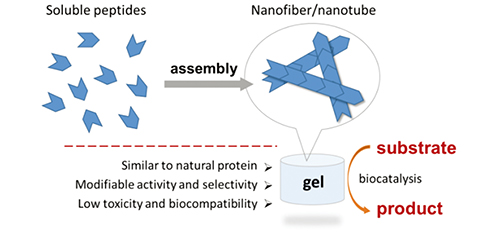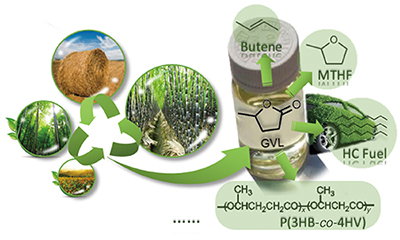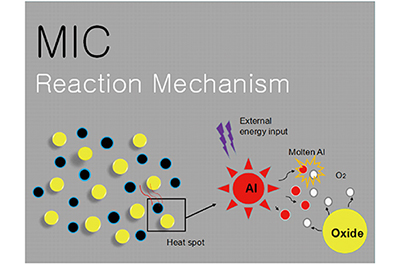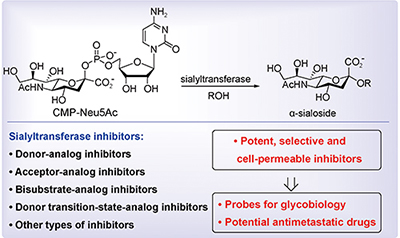Serving as an essential strategy to further expand polyolefin (PO) applications into high performance PO-based materials, functionalization of PO, including preparation of PO segmented graft copolymers, has drawn extensive attention for decades from both academia and industry. PO graft copolymers, containing both PO segments (PP, PE, etc.) and functional polymer segments (PS, PMMA, PEG, etc.), could well retain the excellent properties of PO (crystallinity, processablity) while achieving high functional group concentration. Well defined PO graft copolymers, those with controllable structural parameters (mainly graft density and graft length), are often highly desirable since well-defined structure not only renders tunable chemical and physical properties but also helps to better understand the structure-property relationships, which are crucial to exploring the applications of PO graft copolymers. Three general methods are employed to synthesize well defined PO graft copolymers, namely "graft-through", "graft-from", and "graft-onto". Among them, the further two approaches generally involve mechanism transformation between coordination polymerization and other polymerizations (anionic, radical), where reactive polymer "intermediates" are required, either as macrointiator or macroRAFT agent, or macromonomer. The third approach, which is easier to understand, simply links side-groups functionalized PO and end-groups functionalized polymers together via efficient coupling reactions to form graft architectures. From three aspects, i.e., syntheses, structures and properties, this review outlines the advances in well-defined polyolefin graft copolymers, especially highlighting newly developed synthetic methods (visible light-induced grafting, e.g.) and emerging applications (solid polymer electrolyte, e.g.) of graft copolymers derived thereof.
Contents
1 Introduction
2 Graft-through method
2.1 Polyolefin as backbone
2.2 Polyolefin as graft chain
3 Graft-from method
3.1 Borane Approach
3.2 Tolyl Group
3.3 (hydrochlorinated) Vinylphenyl group
3.4 Hydroxyl
3.5 Inimer
3.6 Non-olefin-coordination-polymerization approach
4 Graft-onto method
5 Conclusion










